Whether you’re a seasoned DIY enthusiast or just looking to freshen up your home decor, nothing is quite as frustrating as the annoyance of sticky spray paint.
We’ve all been there – after hours of hard work, you find your freshly painted project tacky to the touch.
But fear not, because, in this article, we’ll provide you with practical solutions and quick tips to help you achieve a smooth, non-sticky finish with your spray paint.
No complicated jargon, no lengthy comparisons – just straightforward advice to ensure your painting projects turn out as smooth as silk.
Table of Contents
Prevention methods
With the right knowledge and techniques, you can prevent sticky spray paint and achieve a smooth, professional finish.
Proper surface preparation
How to make spray paint not sticky starts with the foundation, and that foundation is a well-prepped painted surface.
Use a mild detergent or a solvent suitable for the material you’re working on, such as isopropyl alcohol for plastics or metal-specific cleaners. Wipe the painted surface down with a clean cloth or sponge and allow it to dry properly.
In cases where the surface is particularly smooth or glossy, it’s advisable to lightly scuff it with fine-grit sandpaper. This helps the paint grip better and reduces the chances of stickiness.
Additionally, you can use a unique trick to further prevent tackiness. Before painting, you can lightly dust the surface with talcum powder.
This may sound unconventional, but talcum powder acts as a barrier, helping to absorb excess moisture and oils on the surface.
Ideal weather conditions
To prevent that frustrating tackiness, it’s essential to pay close attention to the weather when working with spray paint.
Temperature matters
One of the key factors in preventing spray paint from sticking is the temperature. Optimal painting conditions usually fall within the range of 70-85°F (21-29°C). This range allows the paint to dry evenly, reducing the chances of stickiness. If it’s too cold, the paint may take longer to dry and may remain tacky.
Low humidity
High humidity levels can be problematic when working with spray paint properly. Excess moisture in the air can interfere with the drying process and lead to a gummy finish. To counter this, it’s best to choose days with low humidity for your spray painting projects.
Wind speed
Another aspect to consider is wind speed. Painting in windy conditions can result in uneven paint application and potential contamination from dust and debris. It’s recommended to work in a sheltered area or during calm weather to maintain control over the spray paint application.
Sunlight conditions
While it’s crucial to have adequate lighting, direct sunlight on a hot day can cause the paint to dry too quickly, possibly leading to a tacky finish. To avoid this, consider working in a shaded area or during overcast days, ensuring a dry spray paint is processed.
Appropriate spray paint selection
Selecting the right spray paint is a crucial step in understanding how to make spray paint not sticky. The choice of paint can significantly impact the outcome of your project.
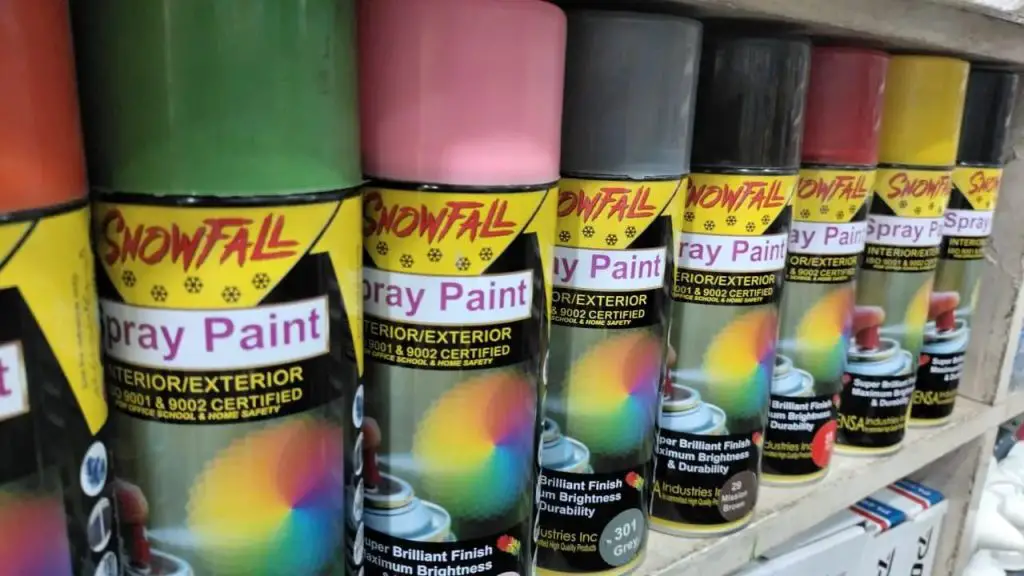
The first consideration is the type of paint. Different paints are formulated for specific applications, such as wood, metal, plastic, or fabric.
Ensuring that you choose a spray paint designed for the material you intend to cover can make a significant difference in preventing stickiness.
Furthermore, the finish of the spray paint is equally important. Some oil-based spray paints provide a matte finish, while others offer a glossy or satin appearance.
Select a finish that suits your project’s aesthetics and requirements.
It’s also worth considering the brand and quality of spray paint. While high-quality paints may be a bit pricier.
Using primer for adhesion
Primer serves as a bonding agent, enhancing the paint’s ability to adhere to various surfaces, preventing the occurrence of that unwanted ”spray paint not sticky” problem.
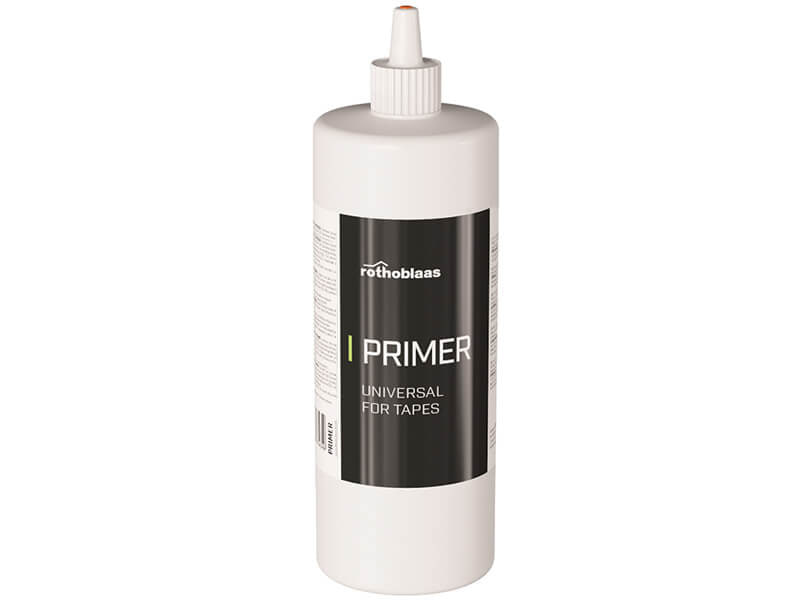
It creates a stable base for the paint to grip onto, minimizing the risk of the paint becoming tacky.
One helpful tip in the battle against spray paint sticks is to consider using a primer specifically designed for the surface you are working on.
Choosing the right primer for your project can make a significant difference in achieving a professional, non-sticky finish.
In some cases, especially when working on challenging surfaces, you can even mix a small amount of talcum powder with the primer.
Talcum powder can enhance adhesion further and aid in preventing the issue of ”spray paint not sticky”.
Application techniques
We’ll delve into the essential application techniques while applying spray paint to ensure that the paint dries properly and is non-sticky.
Spraying at the right distance
When you’re using the spray paint properly, the distance between the spray paint nozzle and the surface is crucial. If you spray too close.

On the other hand, if you spray too far away, the paint may not adhere properly, resulting in an uneven and inefficient application.
To fix sticky spray paint issues, you need to find that “sweet spot” of distance. The general rule of thumb is to maintain a distance of about 6 to 8 inches (15 to 20 cm) between the nozzle and the surface you’re painting.
However, it’s essential to consult the specific instructions provided on the spray paint can, as different products may have slightly different recommendations.
This technique is all about achieving a balanced and even application. The right distance allows the paint to atomize properly, resulting in a fine spray mist that settles on the surface.
Light, even coats
Achieving a successful spray painting job hinges on mastering the technique of applying light, even multiple coats of paint.
When spray painting, it’s essential to avoid overloading the surface with paint. Heavy applications can lead to uneven drying and fix sticky spray paint issues.
Light, even coats promote better adhesion between the spray paints and the surface. This ensures that the paint adheres securely, reducing the likelihood of stickiness after drying.
Thicker spray paint layers take longer to dry and cure. By applying light coats, you speed up the drying process.
To achieve this technique, hold the spray paint can at the recommended distance from the surface and maintain a consistent, sweeping motion. Start and stop the spray away from the work area to avoid concentration and pooling of paint.
Avoiding overapplication
Overapplication is a common issue when it comes to spray painting. It happens when we’re a little too enthusiastic with our spray paints.
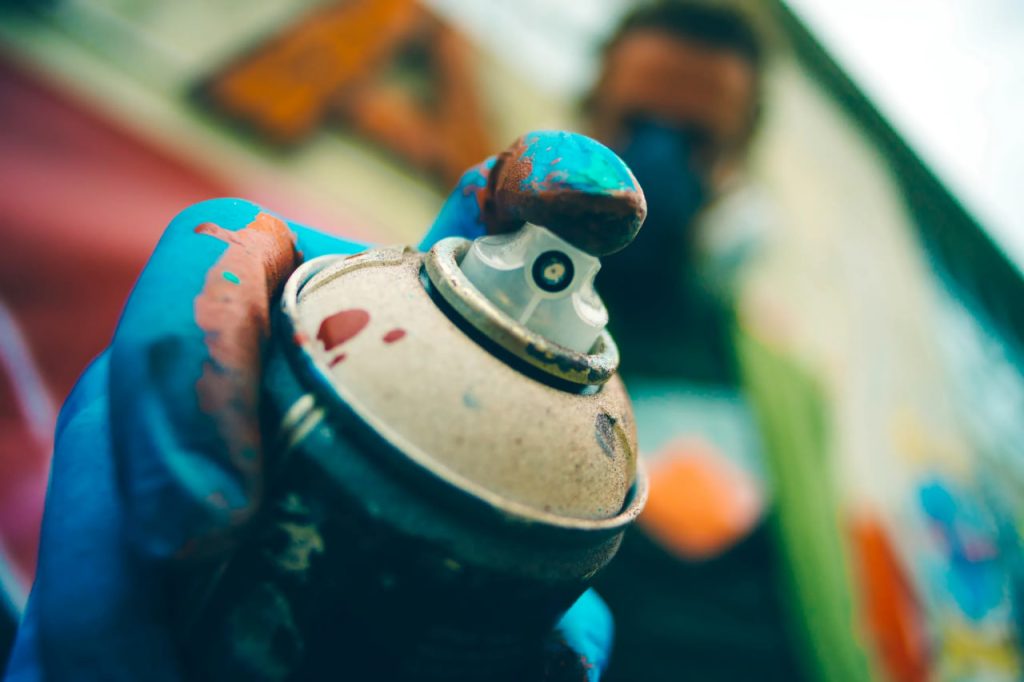
This can lead to problems like tacky spray paint lodge, longer drying times, and an uneven finish.
To avoid overapplication, it’s crucial to maintain a controlled hand and use a steady back-and-forth motion.
It’s easy to get carried away and create thick layers, thinking it will provide better coverage. However, this often results in an excess of paint on the surface.
Instead, aim for light, even coats. Start with a light layer, allow it to dry, and then apply another thin first coat as needed.
Building up your paint in layers not only prevents overapplication but also ensures better adhesion and a smoother finish.
Drying and curing times
Understanding the precise drying and curing times is crucial to achieving a flawless finish. When spray painting, it’s not just about applying a coat and walking away; it’s about allowing the paint to set correctly.
To avoid sticky paint, it’s essential to be patient and let the paint do its paint job. Spray paints need time to transform from their liquid state to a solid, durable finish. Rushing this process can lead to unwanted tackiness.
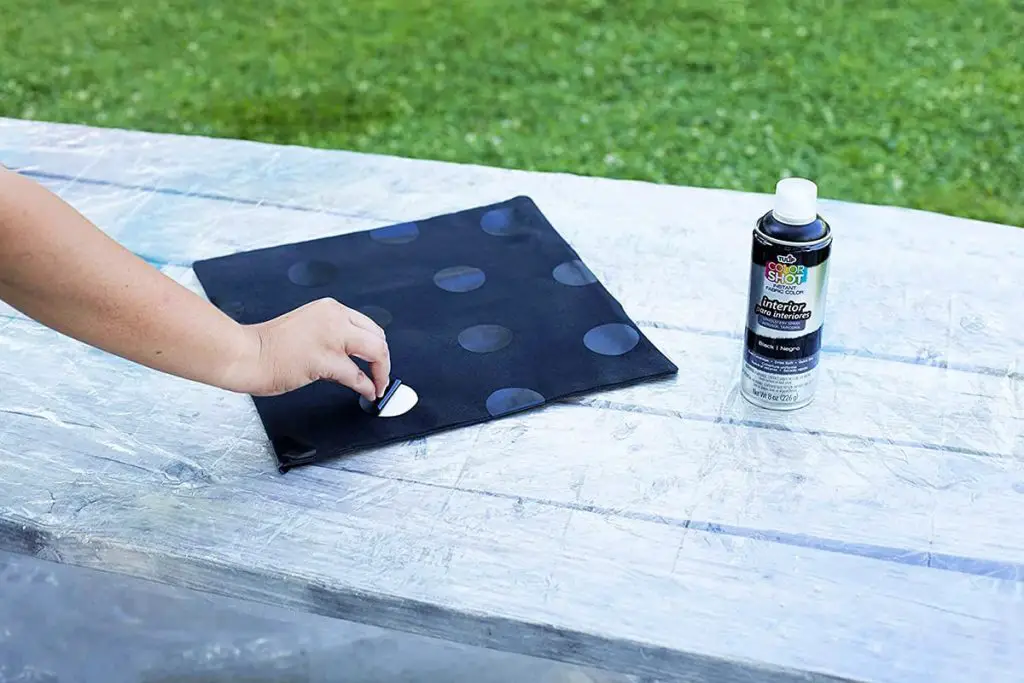
Begin by ensuring that you’ve prepped the surface properly. A clean and adequately prepared surface not only helps the paint adhere better but also aids in the drying and curing process.
Generally, most spray paints will dry to the touch within 15-30 minutes. However, this is just the initial stage. It’s important to note that while the paint may feel dry to the touch, it hasn’t fully cured.
Curing times can be considerably longer, often ranging from 24 hours to several days, depending on factors like humidity, temperature, and the type of latex paint used.
Troubleshooting sticky paint
You’ll be equipped with the knowledge and techniques to eliminate stickiness achieve a smooth, and make spray paint projects look professional.
Identifying common sticky paint issues
Understanding the root causes of this issue is crucial for achieving the desired professional finish.
- Inadequate surface preparation: When a surface is not cleaned, sanded, or primed adequately, the paint may struggle to adhere correctly. This can result in a tacky finish that’s far from the smooth outcome you desire.
- Applying too much paint: If you spray on too much paint at once, it can accumulate and take longer to dry. This excess paint can result in a sticky surface, causing frustration in your project.
Fixing tackiness after application
To begin troubleshooting, examine your spray painting process. Did you clean and prepare the surface properly before applying the spray paint? If not, any contaminants or imperfections on the surface can lead to adhesion problems, resulting in a sticky finish.
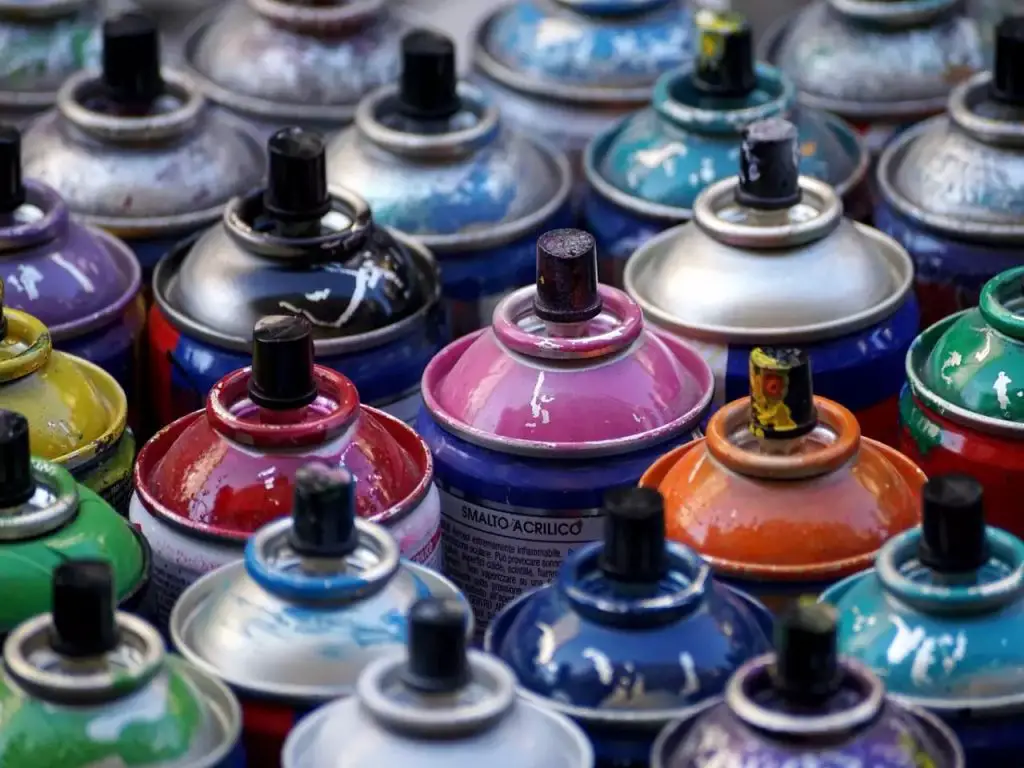
Inadequate surface preparation is a frequent cause of tackiness. To ensure a smooth and non-sticky finish, clean the surface thoroughly, removing any dirt, dust, or grease you can do it with baking soda.
Sanding or priming the surface, where necessary, promotes better adhesion. Make sure to follow the manufacturer’s recommendations for the specific spray paint you’re using.
Different paint formulations are designed for various materials, and using the wrong one can lead to adhesion issues.
Eliminating environmental factors
Ideal conditions are usually around 70°F (21°C) with a humidity range of 50-70%. If it’s too hot or too cold, or if the humidity is too high or too low, it can interfere with the paint’s ability to dry properly. Keeping your workspace within these optimal ranges can help prevent excess spray paint from sticking.
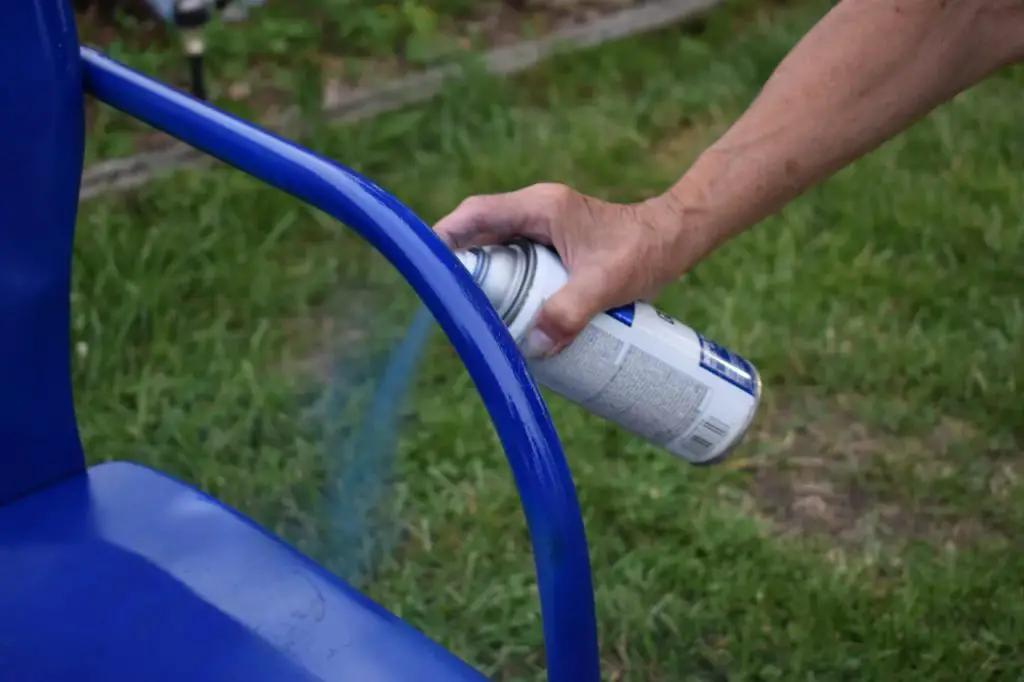
Adequate ventilation is essential when working with spray paint cans. It not only helps to disperse fumes but also ensures a consistent airflow. This, in turn, aids in the proper drying and curing of the paint.
Dust and debris in the environment can be a significant culprit behind sticky spray paint. Even the tiniest particles can land on your first coat, causing imperfections. To avoid this, ensure your workspace is clean and free from debris.
When working with spray paint correctly, choosing the right solvents or lacquer thinners is crucial. These substances can help you thin your paint for an even application even baking soda. However, overuse or using the wrong type of paint thinner can lead to a sticky finish starting in just a few minutes.
Using anti-stick additives
Anti-stick additives are designed to address the common problem of spray paint surfaces sticking together during the drying process.
They work by reducing the surface tension of the paint, preventing it from adhering to itself.
This can be especially useful when dealing with intricate or large surfaces that are prone to tackiness.
By incorporating anti-stick additives into your spray paint projects, you can minimize the risk of sticky paint, resulting in a smoother and more professional finish.
FAQ
Why is spray paint still sticky?
factors can make spray paint remain sticky such as adverse environmental conditions, overapplication, insufficient drying time, incompatible materials, contaminated surfaces, low-quality paint, and incorrect mixing, which can be resolved through proper handling and surface preparation for a smoother finish.
Will tacky spray paint eventually dry?
Tacky spray paint will eventually dry, but the time it takes can vary. Factors like humidity, paint type, and application thickness influence drying time. Typically, it dries within a few hours to a few days.
Why is my spray paint sticky after application, and how can I prevent it
Sticky spray paint often results from environmental factors, overapplication, inadequate drying time, or low-quality paint; to prevent it, work in optimal conditions, apply a thin, even first coat, follow drying times, choose high-quality paint, and consider anti-stick additives
What should I do if my spray paint becomes sticky after it has dried, and can it be fixed?
It can often be fixed by identifying the cause, sanding the surface if needed, recoating in ideal conditions, considering anti-stick additives, consulting the manufacturer for guidance, or, in severe cases, repainting following best practices.
Conclusion
Reverting to prevent sticky spray paint is a matter of following a few key steps and making the right choices in preparation, application, and troubleshooting.
By ensuring proper surface preparation, using the right paint and techniques, and addressing any issues that may arise, you can enjoy the benefits of smooth and non-sticky spray-painted surfaces.
Remember, simplicity and attention to detail can go a long way in achieving the desired results.

Even though I have 10+ years of experience in the painting business, I am always trying to learn the latest coloring methods. I have been into colors since my teenage days. I spent a lot of time experimenting with new painting methods on multiple surfaces. Now, I want to spread my knowledge through my blogs and articles.

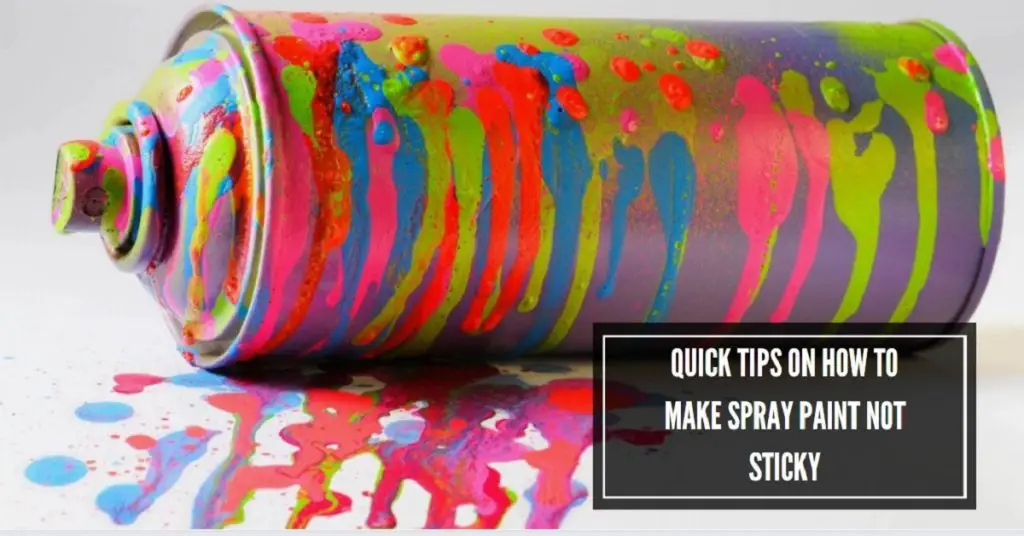
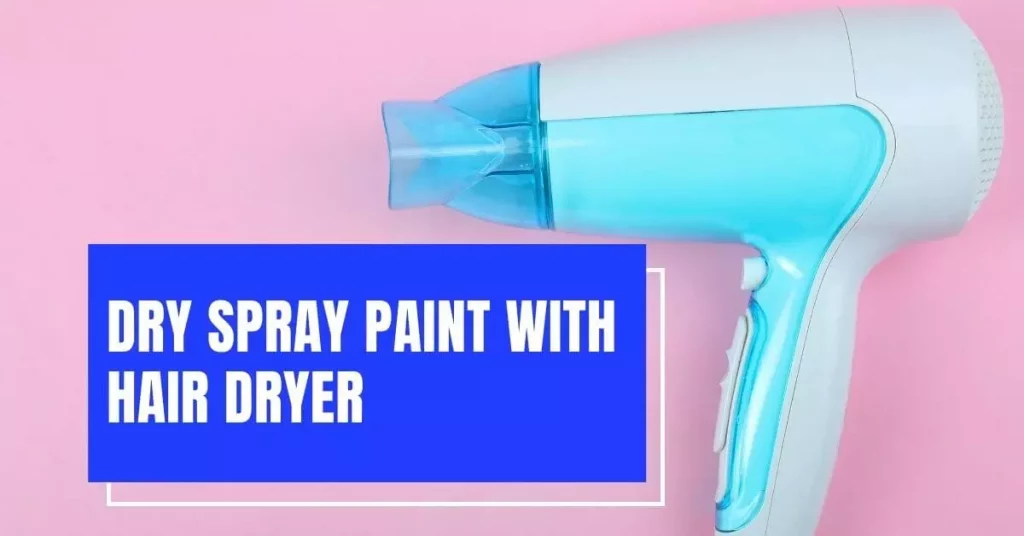
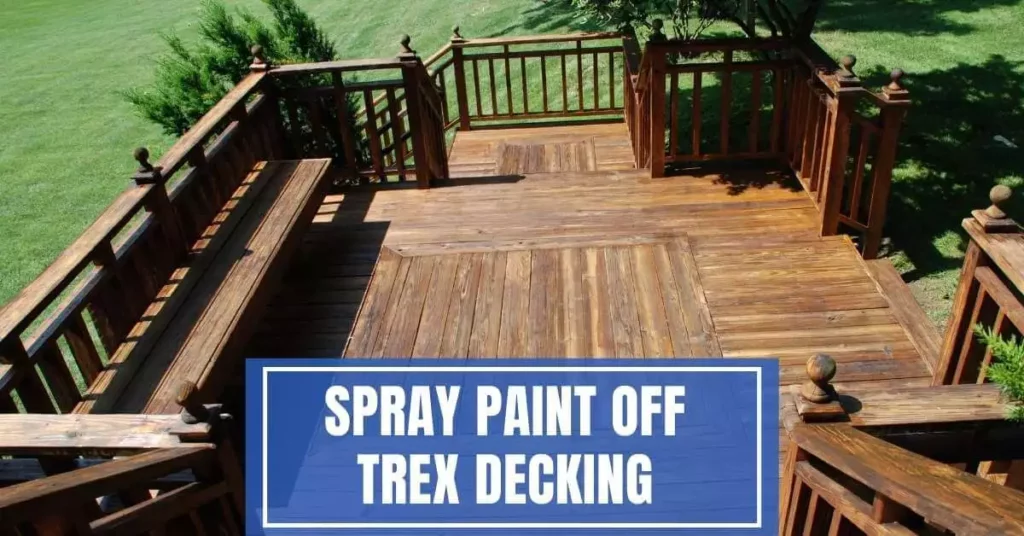
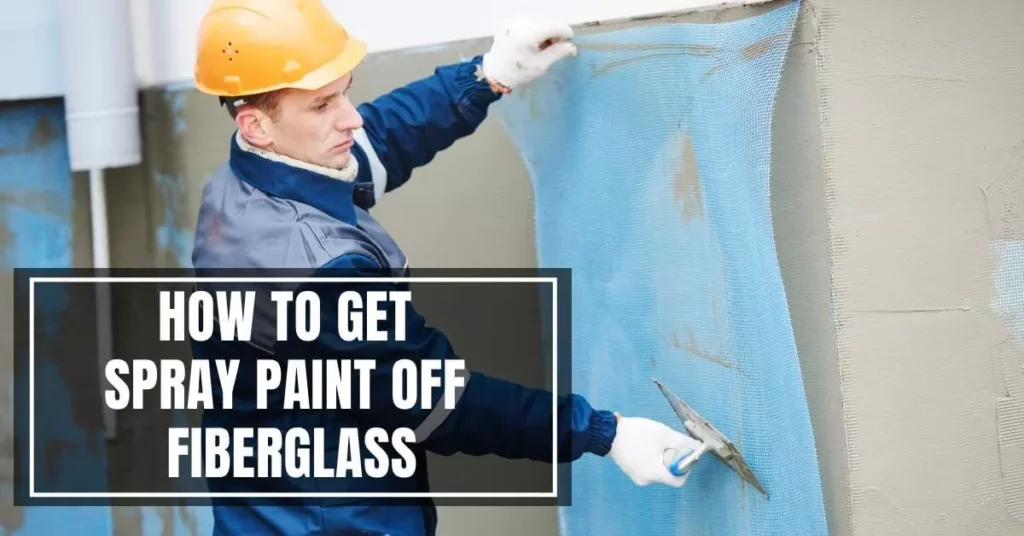
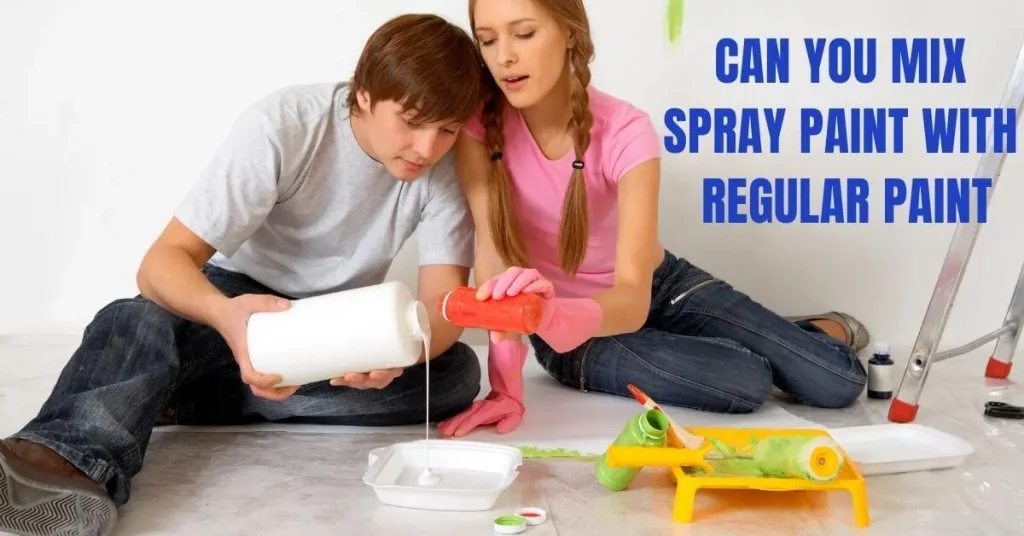
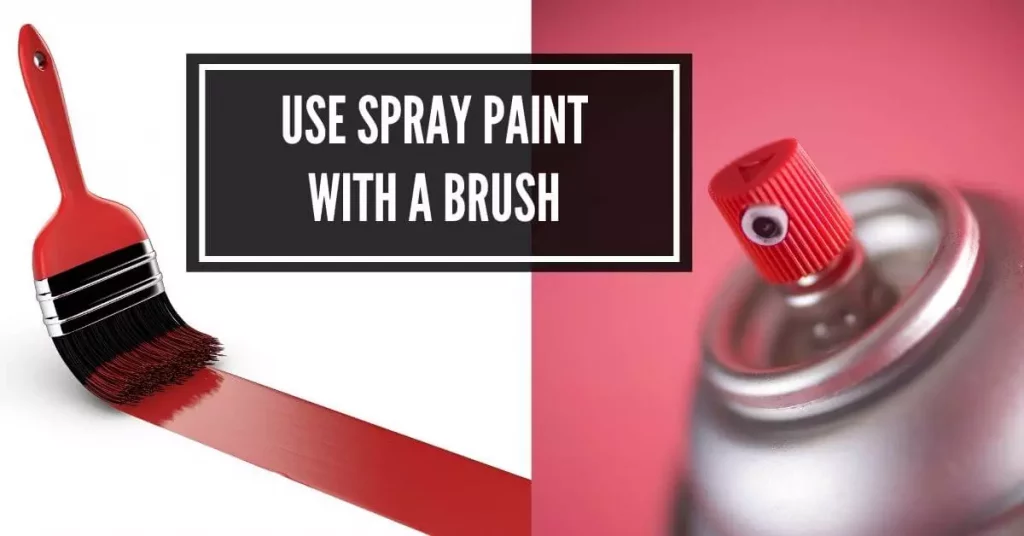
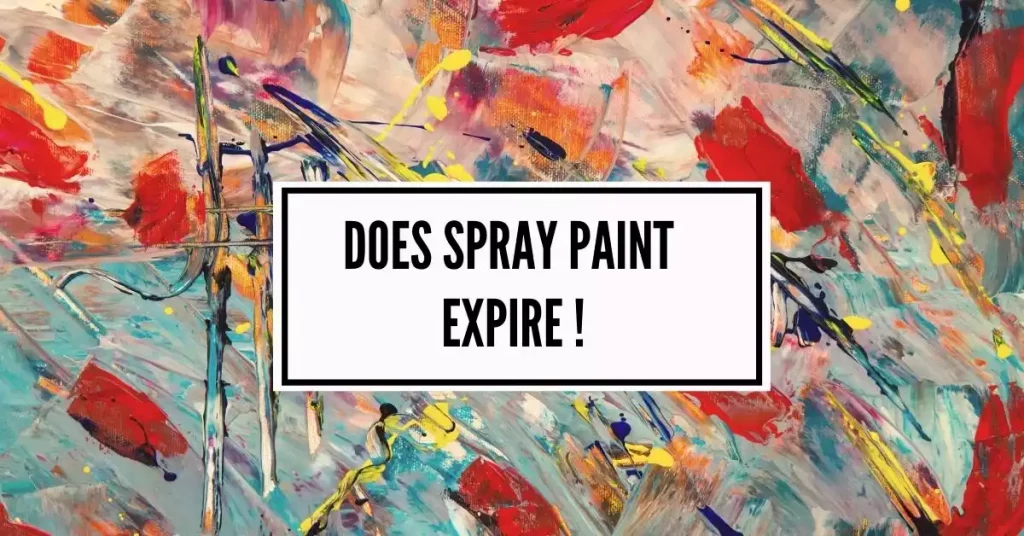

Hey, cool post You can check if there’s a problem with your website with Internet Explorer. Because of this issue, many readers will overlook your excellent writing because IE is still the most popular browser.
Hi i think that i saw you visited my web site thus i came to Return the favore Im attempting to find things to enhance my siteI suppose its ok to use a few of your ideas
I genuinely appreciated what you’ve achieved here. The outline is tasteful, your written content fashionable, yet you appear to have acquired some uneasiness regarding what you wish to present forthwith. Undoubtedly, I’ll return more frequently, similar to I have almost constantly, should you sustain this upswing.
I’ve been visiting this site for years, and it never fails to impress me with its fresh perspectives and wealth of knowledge. The attention to detail and commitment to quality is evident. This is a true asset for anyone seeking to learn and grow.